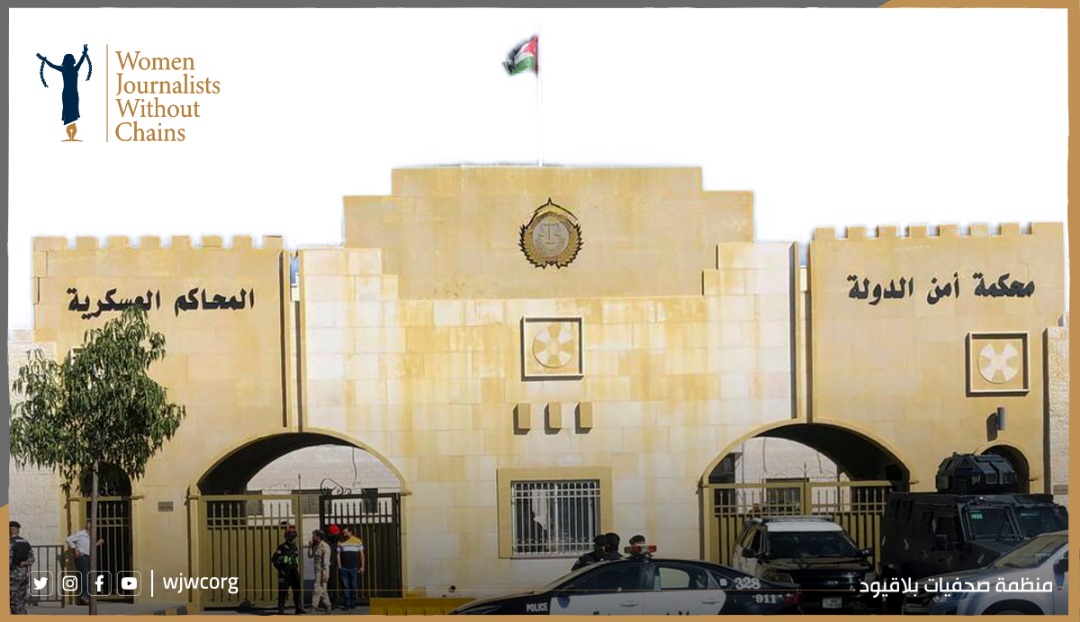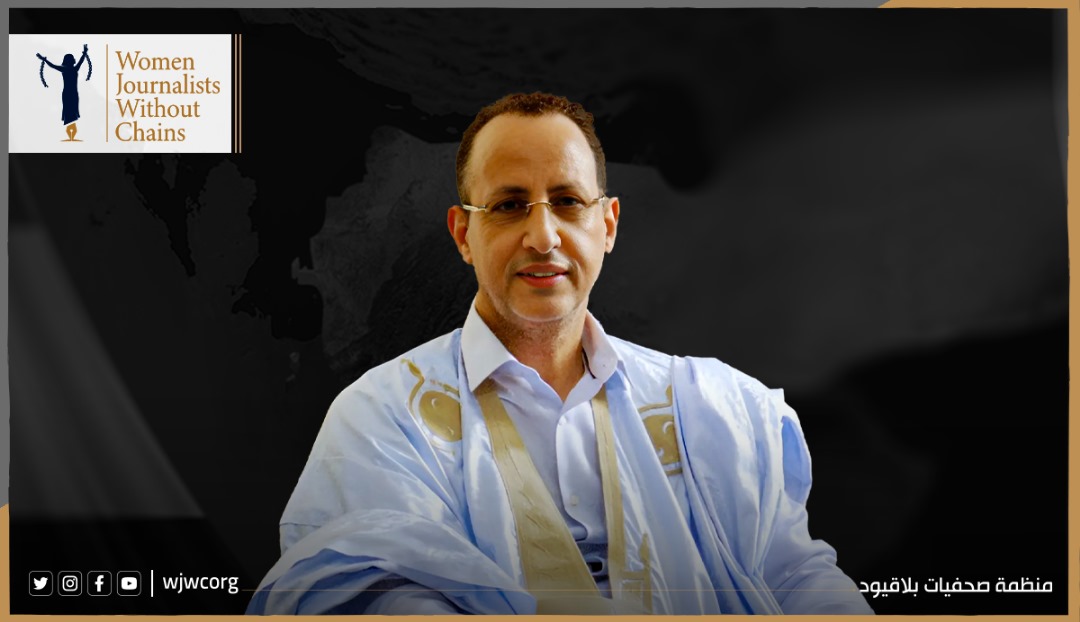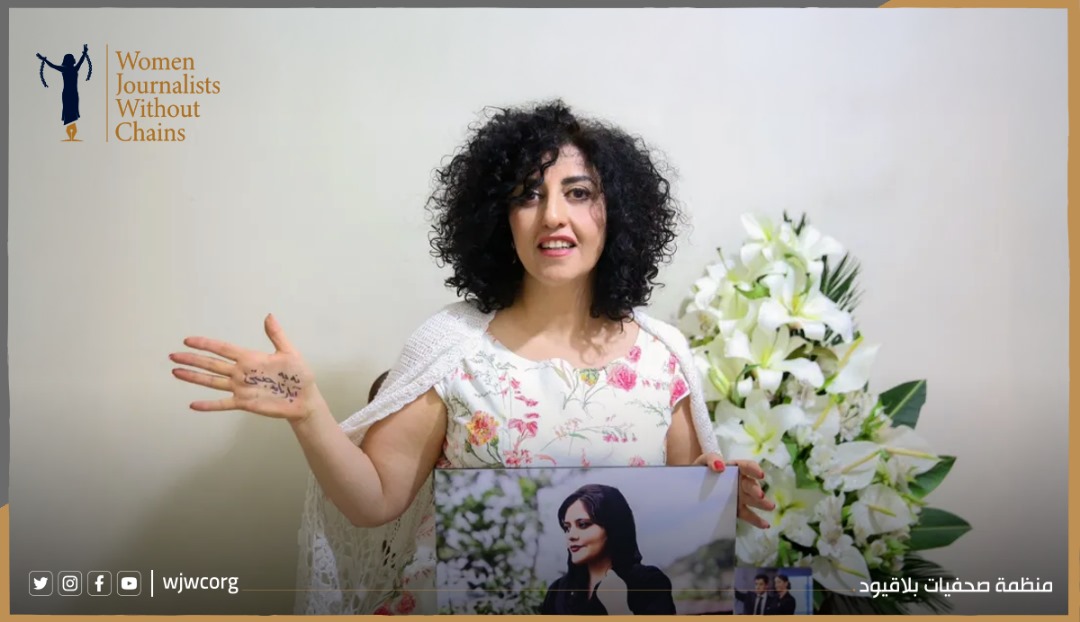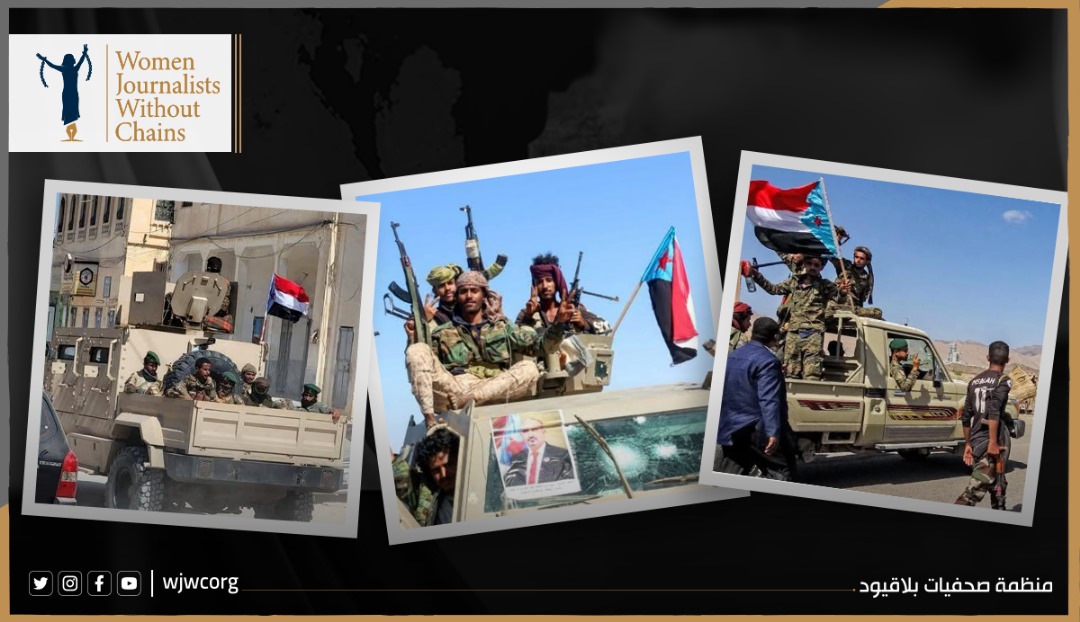In the midst of the darkest hour, the words of Edmund Burke ring true: 'The only thing necessary for the triumph of evil is for good men to do nothing.'
Today, these words echo louder than ever as the relentless storm of violence in Palestine's besieged Gaza has reached unprecedented levels, leaving a trail of devastation in its wake. As bombs rain down indiscriminately, the foundations of humanity crumble along with the shattered buildings. With each passing second, the toll grows, and the cries of innocent lives lost pierce through the silence of apathy. Urgent action is not a choice but a moral imperative, as the death toll of over seven thousand, predominantly women and children, demands the world's attention to halt this tragic spiral.
In the aftermath of an assault by the Palestinian group Hamas on October 7, Israel initiated a military campaign against the Gaza Strip. According to the Israeli account, the Hamas attack led to hundreds of fatalities. As a consequence of the Israeli campaign in the Gaza Strip, a significant number of casualties occurred, with a majority being women and children. Additionally, journalists faced mistreatment not only in Gaza but also throughout the Palestinian territory, including southern Lebanon.
In the recent 20-day period (October 7-27, 2023), the Middle East and North Africa region has experienced an unprecedented wave of violence against journalists. This dark chapter stands out as the bloodiest in the 75-year history of the Arab-Israeli conflict, marked by an alarming number of journalist casualties, injuries, and violations. Israel's military campaign, aimed at journalists and their families, appears to serve the sole purpose of concealing the committed crimes and is widely regarded as constituting "war crimes" against journalists.
The monitoring unit of the organization 'Women Journalists Without Chains' has been diligently documenting the violations against journalists, both male and female, since the beginning of the ongoing conflict in the Gaza Strip. However, due to the challenging circumstances of the battle, it is proving to be a formidable task to fully observe and record all the violations that are taking place.
- Reporters' Lives Lost: A Tragic Toll
In a heart-wrenching tragedy, the Gaza Strip's Ministry of Health reports that the number of Palestinians killed by Israeli raids has surpassed an unimaginable figure of 7,000 as of October 27, with a staggering 3,000 innocent children among the victims, underscoring the immense toll exacted by this conflict. Fearlessly chronicling the harrowing events within the Gaza Strip, journalists, both men and women, paid the ultimate price with their lives for daring to expose the cruelty and stark realities on the ground, while the Israeli authorities maintain a claim that 1,400 individuals have lost their lives on their part.
Amidst the harrowing realities of the war, A total of 27 male and female journalists were tragically killed in the Gaza Strip during this war, along with a journalist in Lebanon, with some of them being killed alongside their families, and their targeted assassinations have been confirmed by Women Journalists Without Chains, while others had some of their families killed, as was the case with Wael Al-Dahdouh, the Al-Jazeera correspondent stationed in the Gaza Strip.
Salam Khalil Mohammed Mima (33 years old), an independent journalist who worked with various media outlets and served as the head of the Journalists Committee in the Palestinian Media Assembly, was killed on October 10, along with her family, including her husband and three children, in an airstrike by the occupying forces in Jabalia Camp, northeast of Gaza. Their bodies were recovered from under the rubble after three days.
Salma Hamada Misbah Mukhaimer (34 years old), an independent journalist working for several media outlets, was killed, along with her infant child, father, mother, and other family members, during an Israeli raid on the city of Rafah in the southern Gaza Strip, while visiting her family from Jordan on October 25th.
Duaa Sharaf (31 years old), a journalist for Al-Aqsa Radio, tragically lost her life, along with her infant child, in an Israeli air strike targeting her home located in the Al-Zawaida neighborhood in the central Gaza Strip on October 26th.
Issam Abdullah, a Reuters news agency photographer based in Beirut, Lebanon, was killed by an Israeli bombing near the Lebanese border on October 13th while covering events in southern Lebanon near the village of Alma al-Shaab, where clashes between Hezbollah and the Israeli occupation army were taking place.
Saeed Radwan Saeed Al-Taweel (37 years old), the editor-in-chief of the Al-Khamsa News Network, tragically lost his life during an Israeli air strike on October 9th, targeting the "Burj Hajji" area in the Al-Rimal neighborhood of the western Gaza Strip, where several media outlets are located.
Mohammed Rizq Mahmoud Sobh (35 years old), a photojournalist from Khabar News Agency, was killed in an Israeli air strike that targeted an area containing media outlets in the Al-Rimal neighborhood, west of Gaza, on October 9.
Hisham Mohammed Fakhri Al-Nawajha (27 years old), a journalist from Khabar News Agency, was also killed in the same Israeli air strike operation on October 9 that claimed the lives of his colleagues "Al-Taweel" and "Sobh."
Abdul Hadi Saadallah Rashad Habib (37 years old), a journalist working for UNRWA Educational Television, tragically lost his life on October 16 when a residential apartment in the Al-Zaytoun neighborhood, south of Gaza City, was bombed, resulting in the deaths of Abdul Hadi and his mother-in-law, while several members of his family sustained injuries ranging from critical to moderate.
Rushdi Yahya Rushdi al-Sarraj, 31, director and founder of Ain Media, was killed on October 23 in a missile strike that targeted a house in western Gaza. Al-Sarraj had spoken to "Journalists Without Restrictions" over the phone, stating that he had never witnessed such Israeli brutality in Gaza and had never seen journalists specifically targeted in Palestine.
Mohammed Tahami Abdel Salam Al-Salhi, a 29-year-old photojournalist for the Fourth Authority Agency, was killed by occupation bullets on October 7 while covering events on the border fence in Al-Bureij in the southern Gaza Strip.
Ahmed Abdelrahman Shehab, a 42-year-old journalist and programmer on Prisoners Radio, along with his wife, children, and a large number of his family members, tragically lost their lives in an air strike targeting the Jabalia camp in the northern Gaza Strip on October 12.
Omar Fares Omar Abu Shawish, a 36-year-old journalist, novelist, and writer, was killed while covering events in Gaza on October 7, as a result of an occupation bombing.
Mohammed Fayez Youssef Abu Matar, a 28-year-old independent photojournalist, was killed on October 11 in an Israeli air strike in the city of Rafah, located in the southern Gaza Strip.
Hossam Mahmoud Hassan Mubarak, a 41-year-old journalist working for Al-Aqsa Radio, was tragically killed during an Israeli raid in the northern Gaza Strip on October 13.
Youssef Maher Youssef Dawas, a 20-year-old journalist working for Palestine Facts newspaper, tragically lost his life, alongside members of his family, during an Israeli raid in the town of Beit Lahia, located in the northern Gaza Strip, on October 14.
Issam Mohammed Subhi Bahar, a 39-year-old journalist employed by Al-Aqsa TV, along with his wife and several family members, was killed in an Israeli raid on their home in the northern Gaza Strip on October 17.
Mohammed Baalousha, the administrative and financial director of Palestine Today channel, along with his young daughter and a number of his family members, was killed during an Israeli raid in the Al-Safawi neighborhood in northern Gaza on October 17.
Samih Abdel Razzaq Khamis Al-Nadi, a 55-year-old director of Al-Aqsa TV, tragically lost his life on October 18 during an Israeli raid on the Gaza Strip.
Khalil Ibrahim Ali Abu Athra, a 40-year-old cameraman working for Al-Aqsa TV, along with his brother, was killed on October 19 in an Israeli raid on the city of Rafah, located in the southern Gaza Strip.
Mohammed Abu Ali, a journalist affiliated with Al-Shabab Radio, was killed on October 20 during an Israeli raid in the northern Gaza Strip.
Mohammed Imad Labad, a journalist employed by the Al-Resala news website, was killed on October 23 in an Israeli raid on the Sheikh Radwan neighborhood in Gaza City.
Asaad Abdel Nasser Asaad Shamlikh, a 20-year-old freelance journalist, tragically lost his life, along with nine members of his family, in an air strike targeting the southern Gaza Strip on October 8.
Mohammed Sami Abdullah Jarghoun, a 28-year-old journalist working for Smart Media, was tragically killed while covering the aftermath of a bombing in the city of Rafah, located in the southern Gaza Strip, on October 7.
Ibrahim Lafi, a photojournalist employed by Ain Media, lost his life due to Israeli occupation bullets while covering events in Beit Hanoun, situated in the northern Gaza Strip, on October 7.
Saed Samir Mahmoud Al-Halabi, a 42-year-old journalist working for Al-Aqsa Satellite Network, was killed on October 25 as a result of an Israeli bombing targeting his house in the Jabalia refugee camp in the northern Gaza Strip.
Ahmed Jamil Mahmoud Abu Mahdi, a 58-year-old journalist associated with Al-Aqsa Network, tragically lost his life on October 25 due to an Israeli bombing that targeted his house in the central Gaza Strip.
Jamal Arif Salem Al-Faqawi, a 28-year-old journalist working at Al-Mithaq Media Foundation, tragically lost his life on October 25 when an Israeli bombing targeted his house in Khan Yunis, located in the southern Gaza Strip.
Mohammed Fayez Al-Hassani, a 34-year-old journalist and director of the Rawasy Palestine Foundation, along with members of his family, was killed in an Israeli bombing that targeted his home in the Gaza Strip.
On the other side, the Israeli government reported that four journalists were killed in Hamas attacks on October 7th, but we have been unable to independently verify this information from a credible source. Furthermore, the Israeli raids not only resulted in the deaths of male and female journalists in the Gaza Strip and Lebanon but also caused injuries to numerous journalists, some of them severely. The situation was further complicated by Israel's disruption of communications and internet access in the Gaza Strip, making it difficult to reach victims and receive complaints from within the area. These actions also hindered the work of journalists, impeding their ability to fulfill their mission of reporting facts and news about the events unfolding in the Gaza Strip.
It is worth noting that a significant number of male and female journalists who lost their lives were situated in areas where the Israeli occupation army had advised Gazans to move in the southern Gaza Strip, and there has been a notable pattern of targeting journalists working in the local Palestinian media, to the extent that Israeli raids specifically targeted the homes of numerous Al-Aqsa TV employees, the media outlet associated with the Hamas movement. In southern Lebanon, following the attack that claimed the life of a Reuters photographer, several other journalists were injured, including Carmen Joukhadar (Al Jazeera correspondent) and her photographer, Eli Barkhia, along with Thaer Al-Sudani and Maher Nazih from Reuters, as well as photojournalist Dylan Collins and photojournalist Christina Assi (Agence France-Presse).
On October 25th, an Israeli tank targeted the crew of Al-Manar channel, including a reporter and a photographer, while they were covering live developments between the Israeli occupation army and Hezbollah in southern Lebanon. Simultaneously, Iranian media released a video showing a team of seven Iranian television documentary filmmakers being fired upon at the Lebanese-Israeli border. Upon their arrival, the filmmakers were attacked during clashes between Israeli soldiers and Hezbollah-affiliated elements, resulting in injuries to several members of the Iranian team.
To read more click here

 En
En  Ar
Ar 
